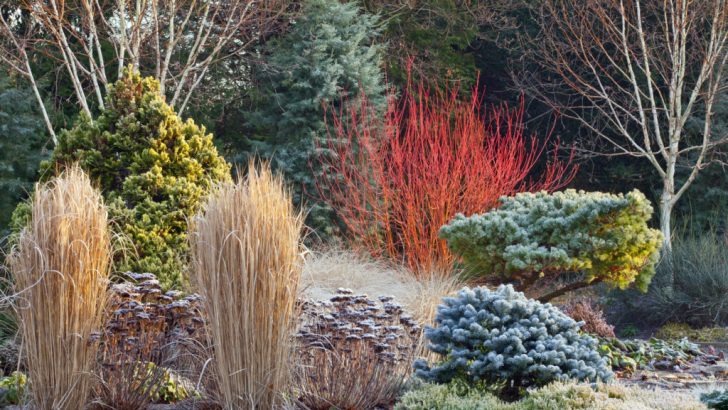Green Fingers
The amount of time you spend in the garden in November is usually governed by the weather on the day, not the amount of jobs to be done. When a task becomes a chore, it is no longer enjoyable. Leave it and come back to it again when you can take it on with renewed enthusiasm and vigour.
Clear fallen leaves from the lawn. If they cover the grass for a time, they will block out light, causing the grass to yellow and weakening it, which may lead to fungal diseases and bare patches.
The easiest way to gather leaves is to use your lawnmower with the blades set high and the grass box in place. If this is not possible, just rake them up. If you don’t have a large amount, just add them to your compost heap and mix it up a bit. If you are lucky enough to have a large amount of leaves, make leafmould. If your leaves are oak or horsechestnut, make leafmould out of them regardless, as they contain large amounts of tannin which means they break down very slowly, and you don’t want that happening in your compost heap.
To make leafmould, gather the leaves and store them in an out-of-the-way place, in a sheltered part of the garden, in a compound made from four posts enclosed by chickenwire. If this is not possible, fill black bin bags with them and using a garden fork make a few air holes in the bag. If the leaves are dry wet them. Wet leaves break down quicker than dry leaves.
Leaf mould
Stack the bags out of the way for a year. Leafmould can be used as a top dressing anywhere in the garden and is one of the best things to improve soil structure.
Remove pot saucers and raise pots off the ground to improve air circulation, which will help prevent freezing. Lag outside taps and cover the lagging with plastic to waterproof it. Roll up and store garden hoses. Gather up, clean and store bamboo canes and supports. Snails will hibernate in the winter in dry, out-of-the-way places. This may be in crevices between stones, under garden furniture or in your shed.
Hunt them out and dispose of them to reduce the overwintering population. Put an upturned clay pot on a piece of drainage pipe in a sheltered part of the garden to trap them and clean it out regularly.
Clean out and disinfect bird houses. Position bird feeders close to dense cover, but out of the reach of predators. Provide a source of clean water for birds.
This is not only for them to drink, but also for them to bathe in. This helps to fluff up their feathers, which in turn helps insulate them against the cold. Make sure to also position this out of reach of any predators.


 Paul Gargan
Paul Gargan
